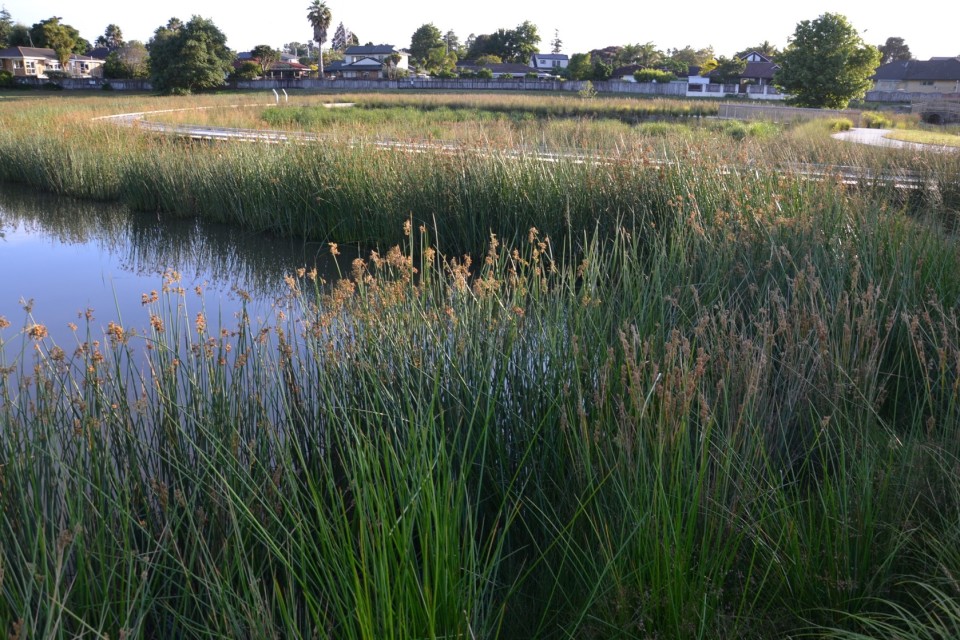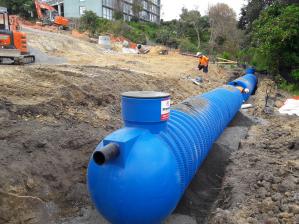Stormwater neutrality and wastewater control
Each section of the existing three waters networks was designed and built to service expected levels of development and the standards of the time they were built. Stormwater neutrality and wastewater control are used to mitigate capacity issues.
In some areas demand may now be greater than the network was designed for ,or service levels have changed. The network you wish to connect or discharge to (or network downstream of this point) may have capacity constraints or issues that may limit its ability to take additional flows.
If you want to make a connection or discharge to our wastewater (sewer) or stormwater networks, and there is a known capacity issue downstream, we may require mitigation to avoid or minimise the impact on downstream network that may result in surcharging, flooding, overflows and subsequent public health risk.





